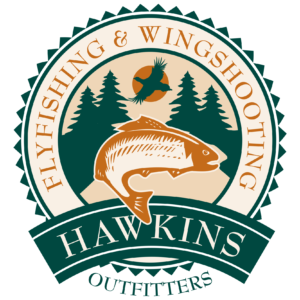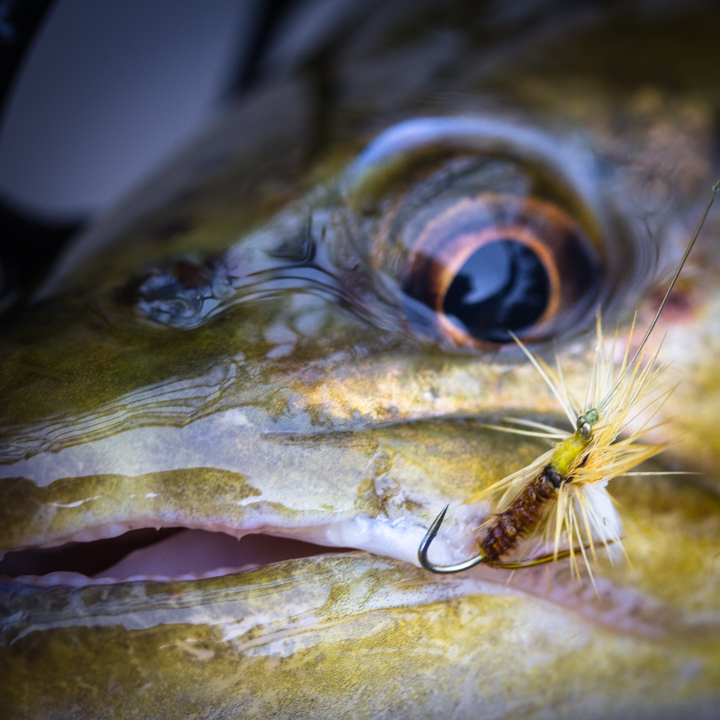
Drake, Isonychia, Hex Fly Patterns

Brown Drakes, Isonychia, and Hex Patterns
New Drakes, Iysonychia, and Hex Patterns
I am excited to announce a new partnership with Montana Fly Company and myself. I have recently released several new dry fly patterns from my arsenal. They are now available through Montana Fly Company this year. It’s been a while since I have put anything new out there. The flies that are included in the two series I have released are mainstays in my arsenal. They are for the Isonychia, Brown Drake, and Hex hatches and have provided countless memories for our customers. The flies are all foam based Mayfly patterns designed to imitate the Isonychia, Brown Drake, and Hexegenia species. You can fish them all day with some realism and an impressionistic silhouette fish can’t resist.
Here is a breakdown of the flies that are now available through MFC:
McCoy’s All Day Dun, Isonychia
The Isonychia hatch is one of our best and most lengthy hatches of the season. This fly is designed, much like the name, to be fished all day! It has a very realistic profile and is a great fly to fish over rising fish. This is also a great searching pattern throughout the day with or without actual bugs on the water. This one is a must have!!
McCoy’s Boondoggle Spinner, Isonychia
This fly just looks crazy on the water! Like the name, the Boondoggle Isonychia has a “fishy” profile and just flat out hunts . It often creates some chaotic moments of intense excitement. This fly is more of a searching pattern that has a silhouette that will get the fish looking up with or without bugs on the water. Once the Iso hatch gets started, the fish are always looking for it.
McCoy’s All Day Dun, Brown Drake
Brown Drakes on our home water of the Manistee are often a complicated puzzle, often leaving you scratching your head. We commonly refer to this hatch as the “Great Houdini” hatch as it can disappear for days and then suddenly reappear in epic fashion. This fly fishes great with bugs on the water, but I will do just as well fishing it blind during the Brown Drake season. This fly was designed to be fished blind or over rising fish. It fishes well even during the rare daytime emergence that we will commonly see a few times each season. This is also a great pattern during the spinner fall especially on the cooler evenings when they spin early.
McCoy’s Boondoggle Spinner, Brown Drake
Like the Isonychia version of this fly it has a very fishy appeal to it. I have fished it during both the daytime emergence and more typical evening timeframes and have had success with it in both situations. With the white calf tail wings it is easy to track in the low light periods and floats like a cork! It gives me all the confidence knowing my fly is still fishing even when I really can’t see it.
McCoy’s All Day Dun, Hex
The Hex hatch is truly the busiest time of year on our waters. I wanted a fly that I could fish that was different from anything else. I wanted a fly that would work during the day and night, but more importantly when it was bright and no bugs to be seen. This has been my best daytime Hex pattern for a while now. When you get a rare, but not too uncommon daytime emergence, yeah…..this is the one!
McCoy’s Boondoggle Spinner, Hex
The Hex version of this series is where the template all started for me. The original versions were getting smashed in the evenings well before the hatch would start and then again after the bugs disappeared while fishing blind and hunting for sipping fish in the dark. I love this fly, it just flat out hunts!! It was so good over a broad spectrum of circumstances that I had to have it for the Iso and Drake hatches as well. Thus began the evolution of this series.
Fly Shops
Check with your local fly shop for availability. If you can’t find it drop us a line and we will help to get these patterns in your hands. Look for more to be coming out in the near future as I have expanded on some old favorites and I am constantly tweeking new stuff and expanding on my boxes. Good luck fishing this season and I am looking forward to the upcoming trout season and some summer like weather!
Tight Lines,
Ed









